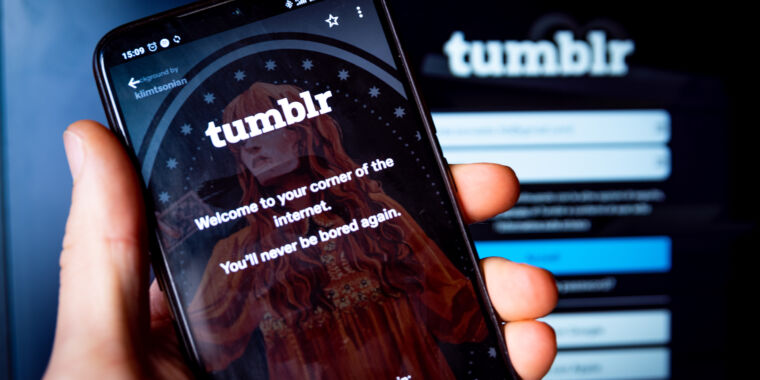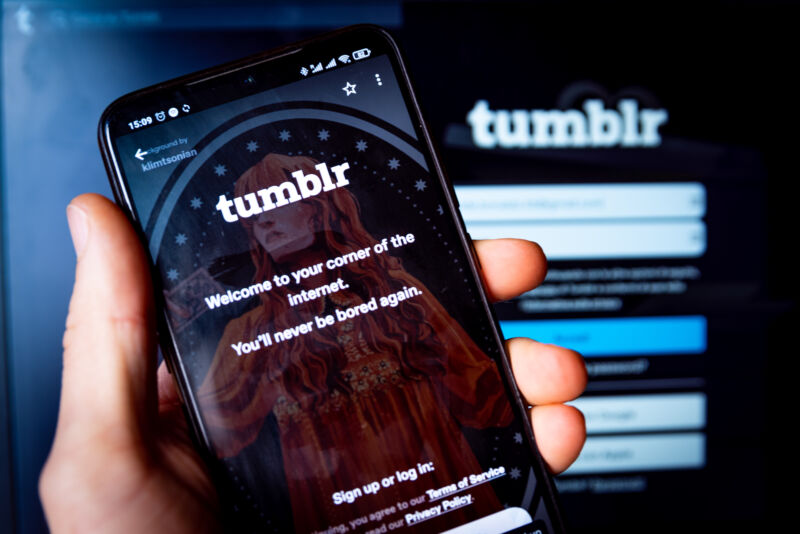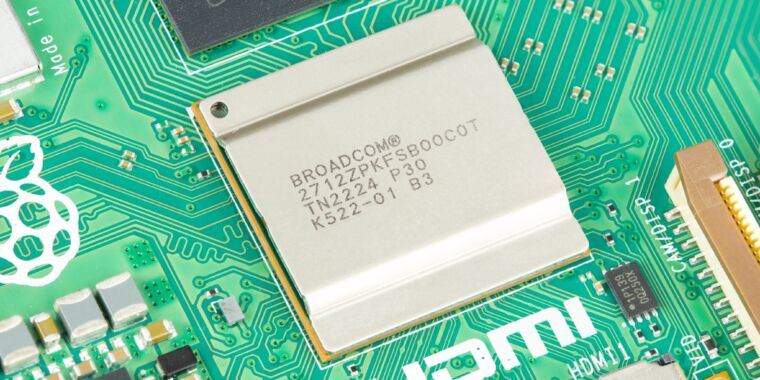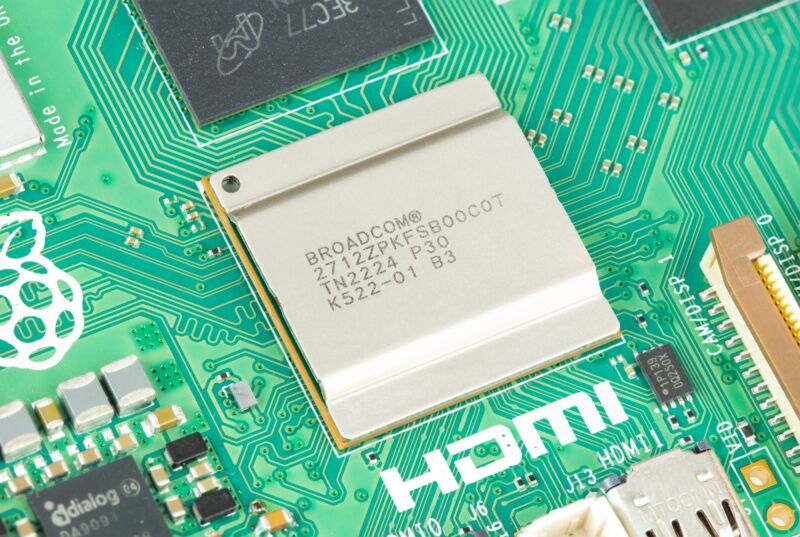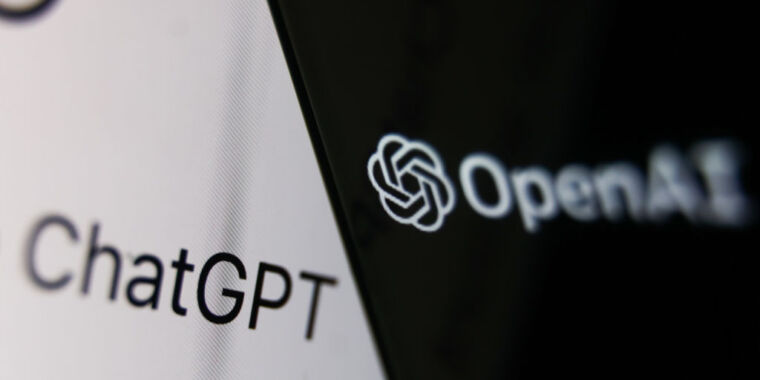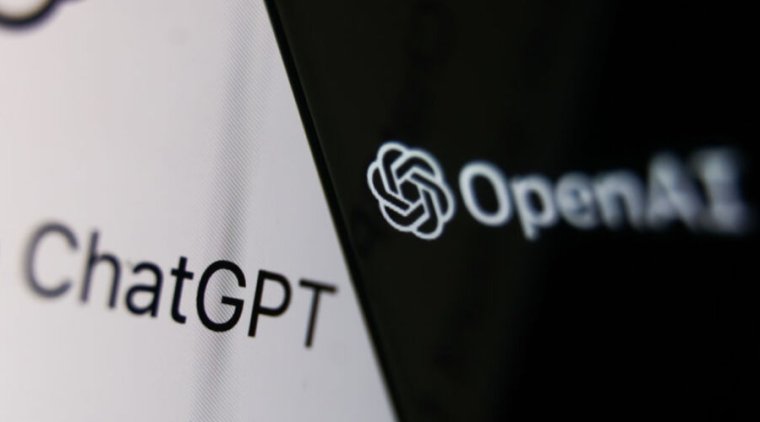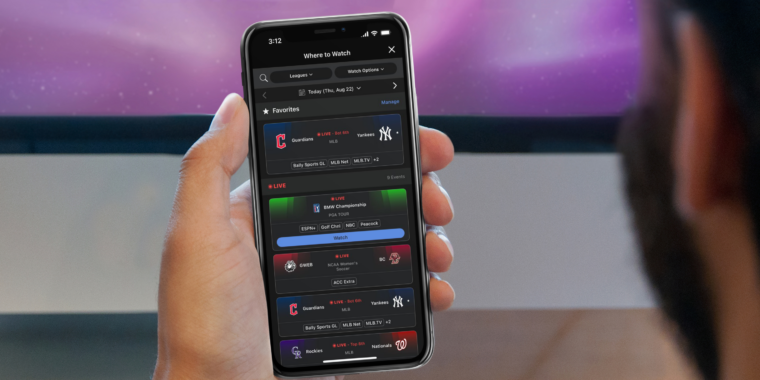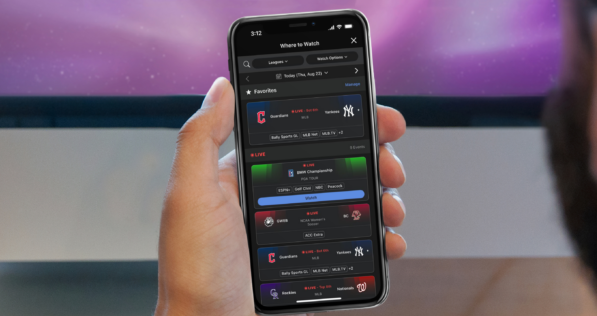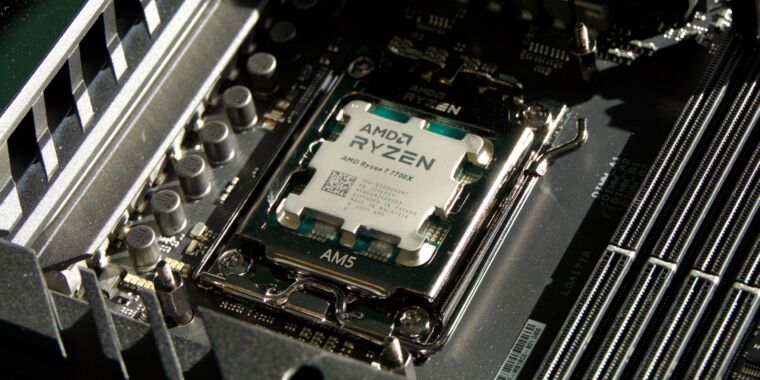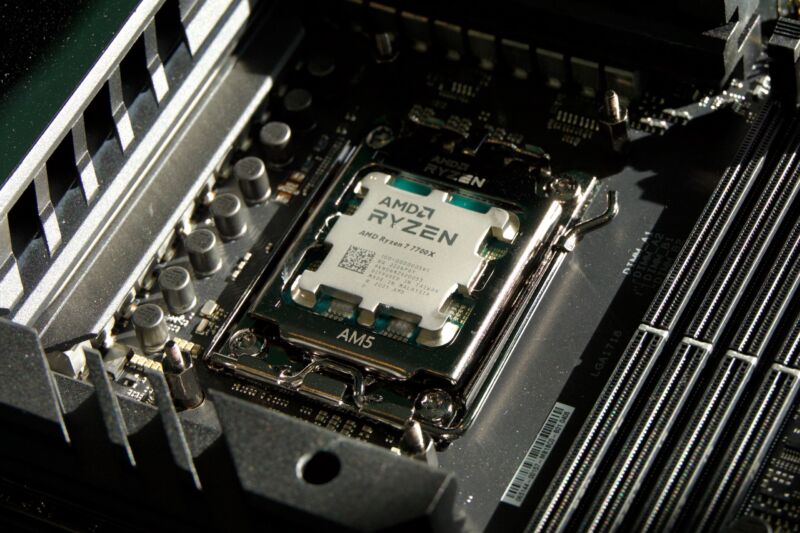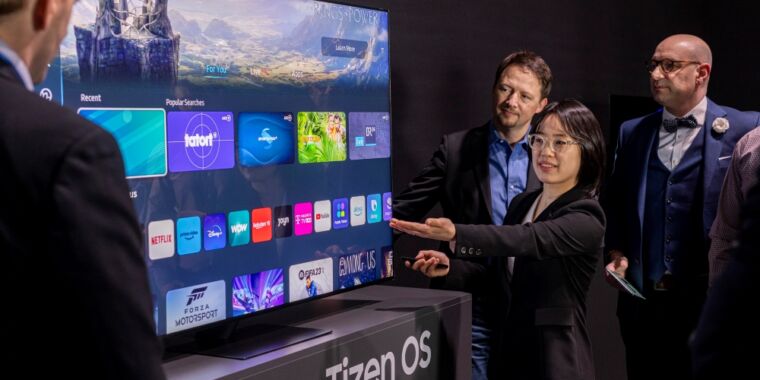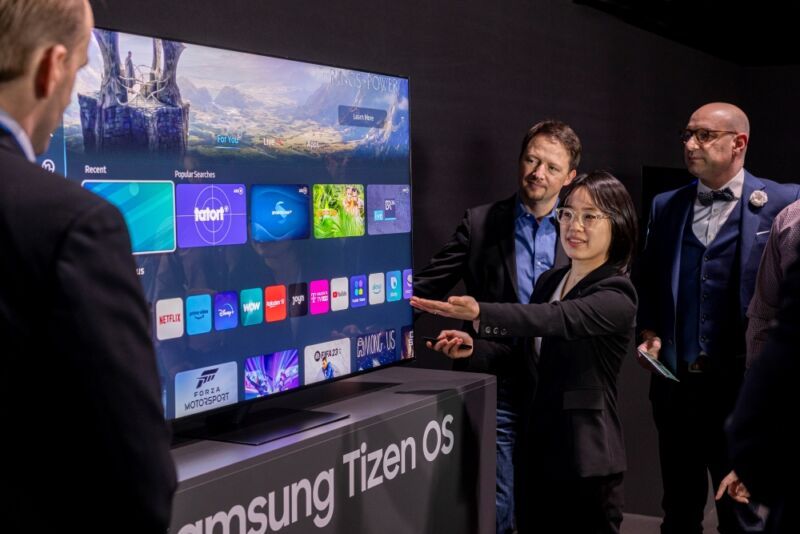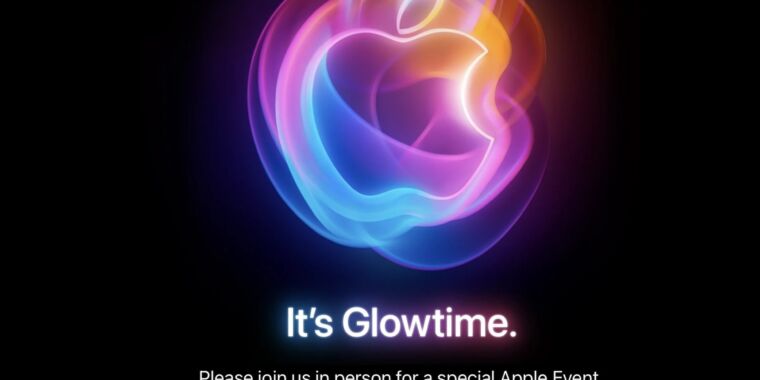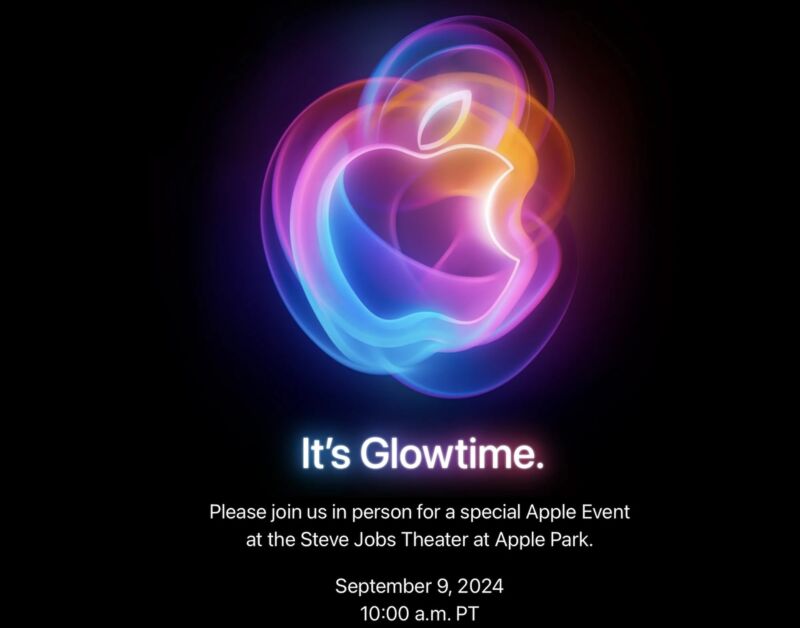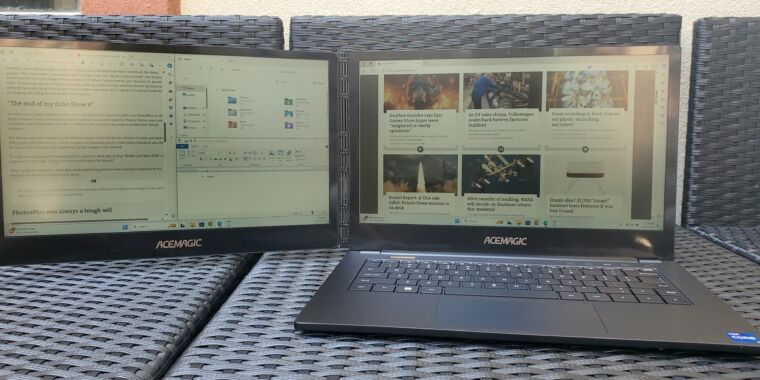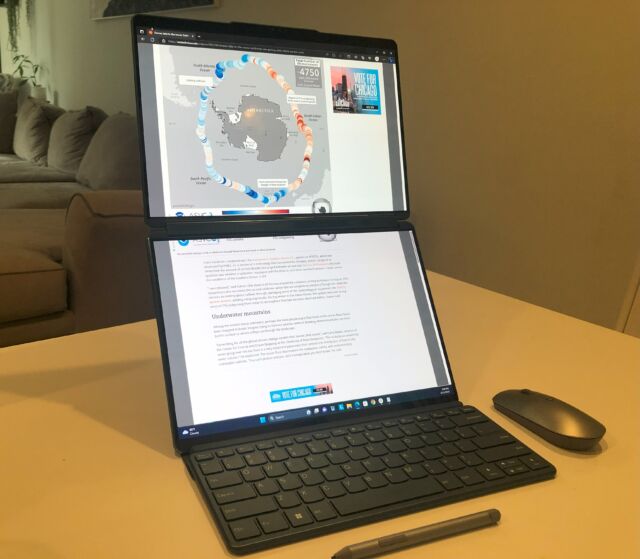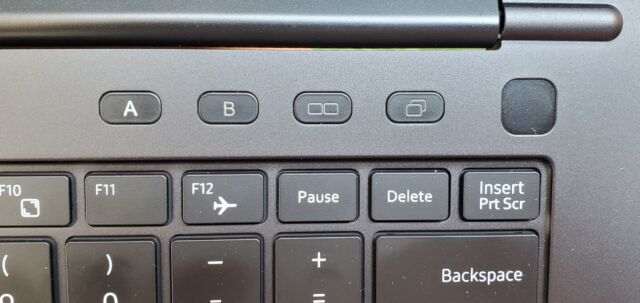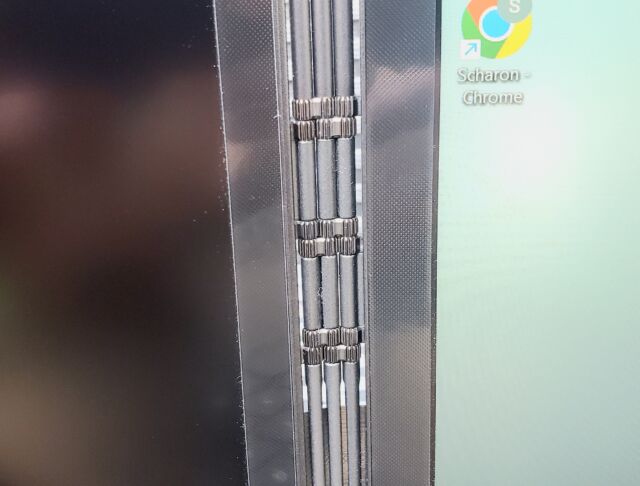Sunrise alarm clock didn’t make waking up easier—but made sleeping more peaceful
-
The Hatch Restore 2 with one of its lighting options on.
Scharon Harding
-
The time is visible here, but you can disable that.
Scharon Harding
-
Here’s the clock with a light on in the dark.
Scharon Harding
-
A closer look.
Scharon Harding
-
The clock’s backside.
Scharon Harding
To say “I’m not a morning person” would be an understatement. Not only is it hard for me to be useful in the first hour (or so) of being awake, but it’s hard for me to wake up. I mean, really hard.
I’ve tried various recommendations and tricks: I’ve set multiple alarms and had coffee ready and waiting, and I’ve put my alarm clock far from my bed and kept my blinds open so the sun could wake me. But I’m still prone to sleeping through my alarm or hitting snooze until the last minute.
The Hatch Restore 2, a smart alarm clock with lighting that mimics sunrises and sunsets, seemed like a technologically savvy approach to realizing my dreams of becoming a morning person.
After about three weeks, though, I’m still no early bird. But the smart alarm clock is still earning a spot on my nightstand.
How it works
Hatch refers to the Restore 2 as a “smart sleep clock.” That’s marketing speak, but to be fair, the Restore 2 does help me sleep. A product page describes the clock as targeting users’ “natural circadian rhythm, so you can get your best sleep.” There’s some reasoning here. Circadian rhythms are “the physical, mental, and behavioral changes an organism experiences over a 24-hour cycle,” per the National Institute of General Medical Sciences (NIGMS). Circadian rhythms affect our sleep patterns (as well as other biological aspects, like appetite), NIGMS says.
The Restore 2’s pitch is a clock programmed to emit soothing lighting, which you can make change gradually as it approaches bedtime (like get darker), partnered with an alarm clock that simulates a sunrise with brightening lighting that can help you wake up more naturally. You can set the clock to play various soothing sounds while you’re winding down, sleeping, and/or as your alarm sound.
The clock needs a Wi-Fi connection and its app to set up the device. The free app has plenty of options, including sounds, colors, and tips for restful sleep (there’s a subscription for extra features and sounds for $5 per month, but thankfully, it’s optional).
Out like a light
This is, by far, the most customizable alarm clock I’ve ever used. The app was a little overwhelming at first, but once I got used to it, it was comforting to be able to set Routines or different lighting/sounds for different days. For example, I set mine to play two hours of “Calming Singing Bowls” with a slowly dimming sunset effect when I press the “Rest” button. Once I press the button again, the clock plays ocean sounds until my alarm goes off.
-
Routines in the Restore 2 app.
Scharon Harding/Hatch
-
Setting a sunrise alarm part one.
Scharon Harding/Hatch
-
Setting a sunrise alarm part two. (Part three would show a volume slider).
Scharon Harding/Hatch
I didn’t think I needed a sleeping aid—I’m really good at sleeping. But I was surprised at how the Restore 2 helped me fall asleep more easily by blocking unpleasant noises. In my room, the biggest culprit is an aging air conditioner that’s loud while on, and it gets even more uproarious when automatically turning itself on and off (a feature that has become a bug I can’t disable).
As I’ve slept these past weeks, the clock has served as a handy, adjustable colored light to have on in the evening or as a cozy nightlight. The ocean noises have been blending in with the AC’s sounds, clearing my mind. I’d sleepily ponder if certain sounds I heard were coming from the clock or my AC. That’s the dull, fruitless thinking that quickly gets me snoozing.
Playing sounds to fall asleep is obviously not new (some of my earlier memories are falling asleep to a Lady and the Tramp cassette). Today, many would prefer using an app or playing a long video over getting a $170 alarm clock for the experience. Still, the convenience of setting repeating Routines on a device dedicated to being a clock turned out to be an asset. It’s also nice to be able to start a Routine by pressing an on-device button rather than having to use my phone to play sleeping sounds.
But the idea of the clock’s lighting and sounds helping me wind down in the hours before bed would only succeed if I was by the clock when winding down. I’m usually spending my last waking moments in my living room. So unless I’m willing to change my habits, or get a Restore 2 for the living room, this feature is lost on me.
Sunrise alarm clock didn’t make waking up easier—but made sleeping more peaceful Read More »



